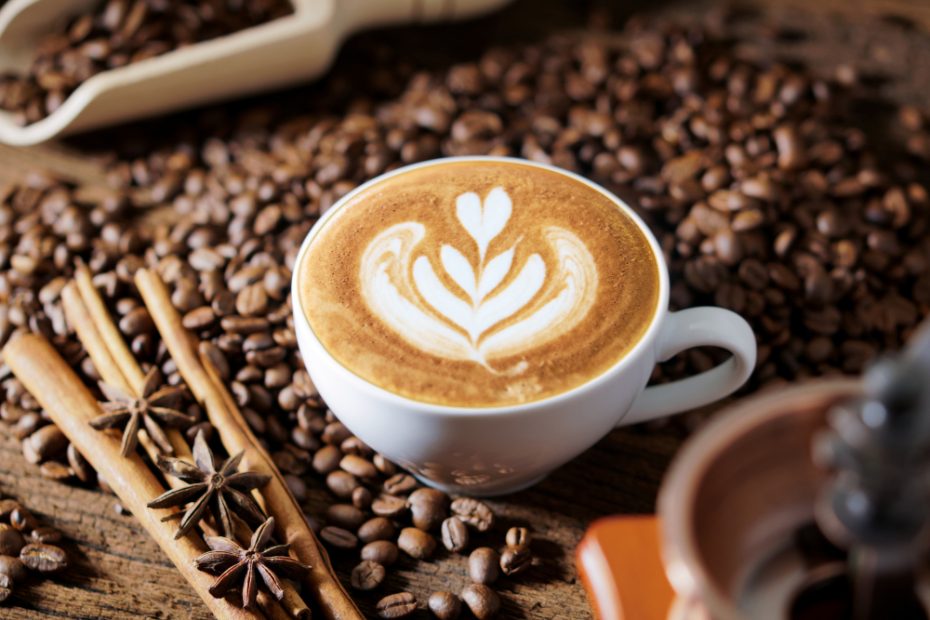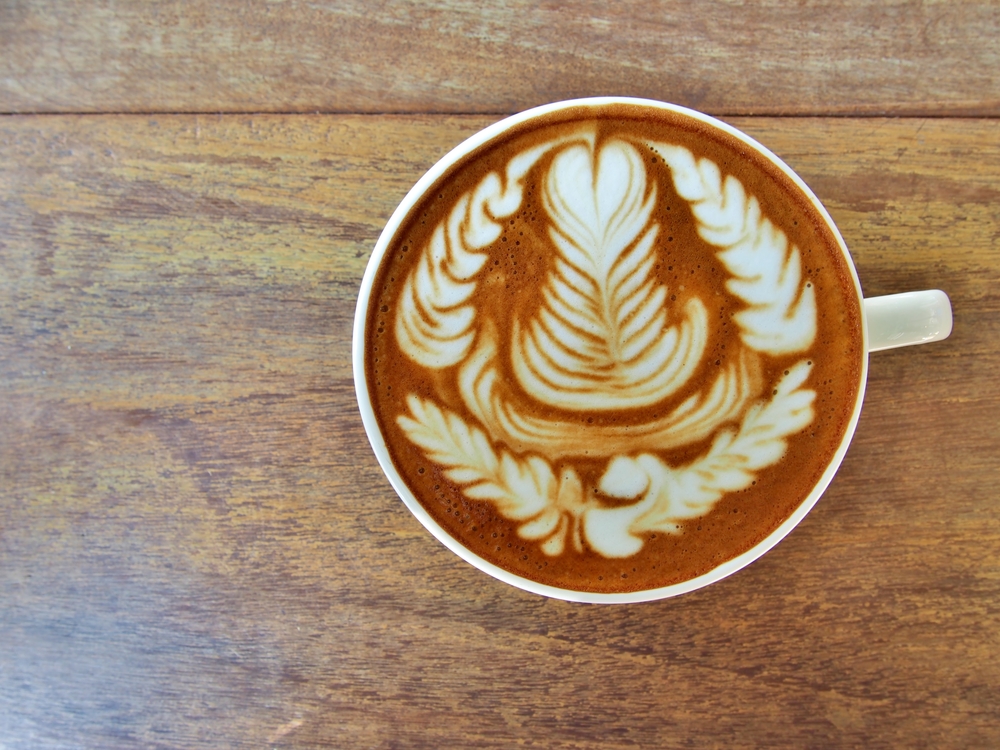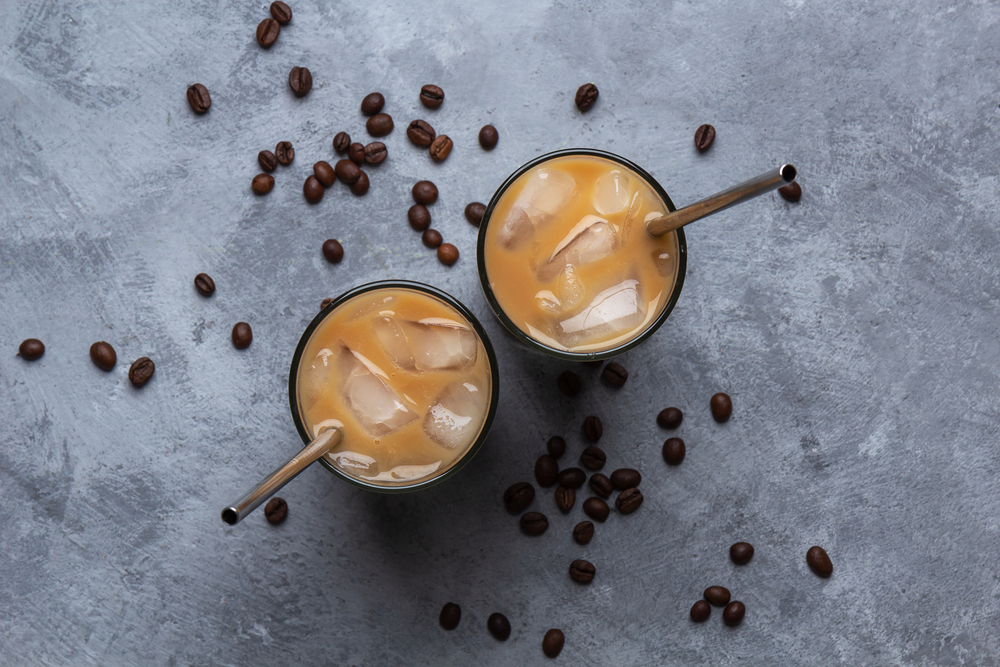In Britain’s bustling café scene, where menus can sometimes appear as long as novels, cappuccino stands out as a beloved classic. However, even this seemingly straightforward beverage is not without its nuances. To the untrained palate, a cappuccino might seem like a singular entity, but aficionados recognise two primary types: the traditional cappuccino and the dry cappuccino. Let’s unravel the distinctions between the two.
Traditional Cappuccino: A Harmonious Trio
The traditional cappuccino is a masterclass in balance. This coffee beverage is crafted using equal parts of espresso, steamed milk, and foam.
Composition and Characteristics
A perfectly made traditional cappuccino should feature:
- A strong, robust base of espresso.
- A middle layer of steamed milk that’s creamy in texture.
- A top layer of microfoam — a velvety milk foam that feels almost like whipped cream.
“The art of cappuccino is the marriage of contrasts — the intensity of espresso mellowed by the creaminess of milk, capped with the airy lightness of foam.” – Renowned UK Barista, Oliver Brown.
Dry Cappuccino: Foam Takes the Front Seat
On the other hand, a dry cappuccino is skewed more towards the foam. It’s called “dry” because of the reduced quantity of liquid milk, making the coffee feel less ‘wet’ in the mouth.
Composition and Characteristics
When ordering a dry cappuccino, expect:
- The same strong base of espresso.
- A significantly thinner layer of steamed milk.
- A heftier, more dominant top layer of microfoam or even macrofoam (which has larger, more visible bubbles).
This variant is especially popular among those who relish the light, airy texture of milk foam. The foam not only cushions the palate from the intense espresso but also adds a tactile richness to every sip.
What is the opposite of a cappuccino?
In the vast spectrum of coffee beverages, if cappuccino sits at one end, its opposite in many respects would be the caffè latte or commonly known as a ‘latte’.
The Latte: An Exercise in Milkiness
If cappuccinos are about balance or foam dominance, lattes tip the scales towards milk.
- Base of espresso — usually the same quantity as in a cappuccino.
- A substantial amount of steamed milk — making the coffee milder in flavour.
- Only a slight dash of foam on top — mostly for aesthetics and texture.
Contrasting the Two
Comparing a latte to both types of cappuccinos, one can discern the differences:
| Aspect | Cappuccino | Latte |
|---|---|---|
| Espresso Quantity | Standard | Standard |
| Milk Quantity | Moderate (less in dry variant) | High |
| Foam Quantity | High (especially in dry variant) | Low |
To the casual drinker, these distinctions might seem pedantic, but for those passionate about coffee, understanding these nuances enhances the entire coffee-drinking experience. Whether you’re in a trendy London café or brewing at home, knowing the differences — and more importantly, your own preference — can elevate your daily coffee ritual. So, next time you’re ordering or crafting a cappuccino, remember the subtle art that goes into that warm cup.



